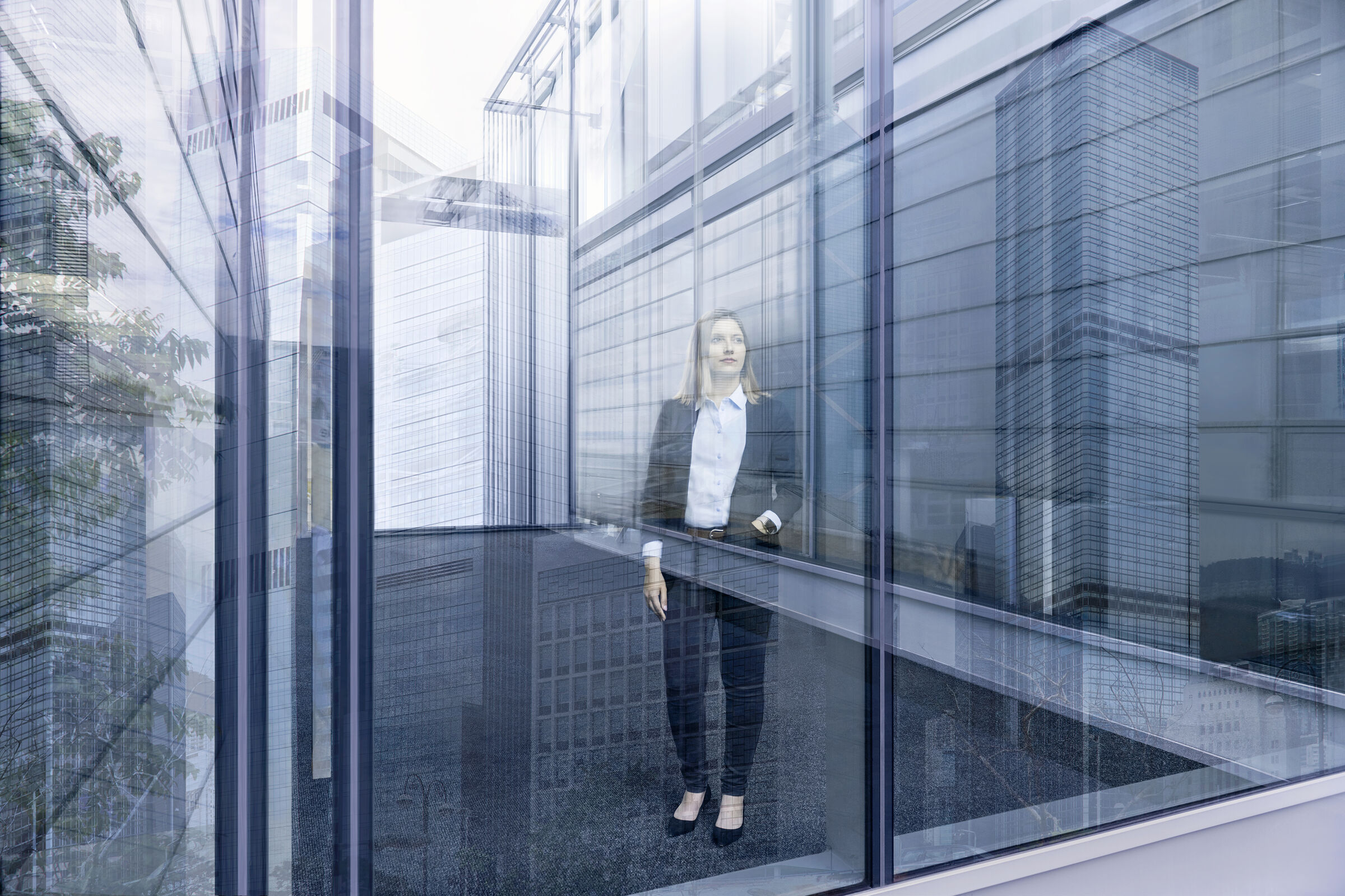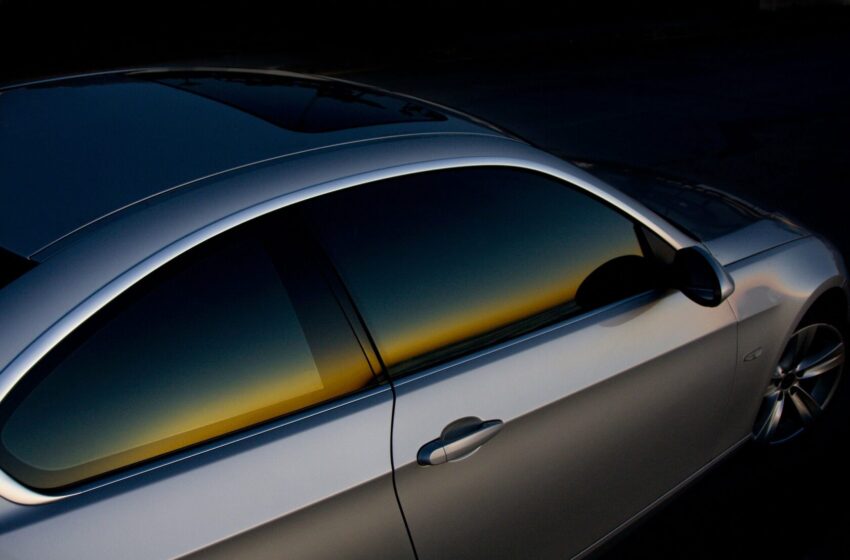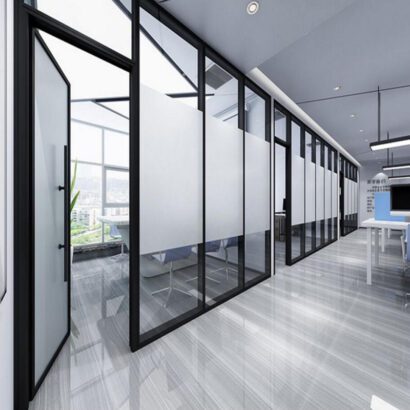Hey folks! Today, let’s talk about glass and safety. When we think of glass, ‘safety’ might not be the first word that comes to mind. But guess what? Glass plays a huge role in keeping us safe, especially in cars, buildings, and other areas. Let’s explore how glass is used to enhance safety in various settings.
1. Automotive Safety: More Than Just Windows
In cars, glass is a critical element for safety.
Laminated Windshields: Your car’s windshield is usually made of laminated glass. This means it has a layer of plastic between two glass panes. Why? So, if it shatters, the glass sticks to the plastic, reducing injury risks from flying shards.
Tempered Glass for Side and Rear Windows: The other windows in a car are typically made of tempered glass. When it breaks, it shatters into small, less dangerous pieces, rather than sharp shards. This also makes it easier to escape in emergencies.
Advanced Technologies: Some modern cars also have heads-up displays (HUDs) on the windshield, projecting important info like speed or navigation directions directly onto the glass.
2. Architectural Safety: Strong and Secure Buildings
In buildings, glass isn’t just for providing a view or natural light; it’s also about safety.
Safety Glass in Windows and Doors: Like in cars, laminated and tempered glass is used in windows and doors for safety. It’s harder to break, and even when it does, it’s less likely to cause injury.
Fire-Rated Glass: There’s also fire-rated glass, which can withstand high temperatures and contain fires, giving people more time to escape and reducing property damage.
Bulletproof and Blast-Resistant Glass: For high-security areas, glass can be made bulletproof or blast-resistant. This glass is incredibly strong, designed to withstand heavy impacts without shattering.
3. Glass in Public and Occupational Safety
Glass also plays a role in public and occupational safety in various ways.
Protective Barriers: In settings like banks, stores, or ticket counters, glass acts as a protective barrier between employees and the public.
Safety Goggles and Equipment: In labs, workshops, and factories, safety goggles and equipment with specialized glass protect workers from hazards like chemical splashes or flying debris.
4. Safety Glass in Emergency Situations
Emergency exits and safety equipment often feature glass components, designed to be easily broken in case of an emergency, allowing quick access to fire extinguishers or emergency exits.
Conclusion
So, glass isn’t just a see-through material that’s all about looks. Its role in safety is crucial, from the windshields in our cars to the fire-resistant glass in buildings, and even in personal protective equipment. It’s a silent guardian, protecting us in ways we often don’t even notice. This just goes to show how versatile and vital glass is in our daily lives, especially when it comes to keeping us safe and secure!


